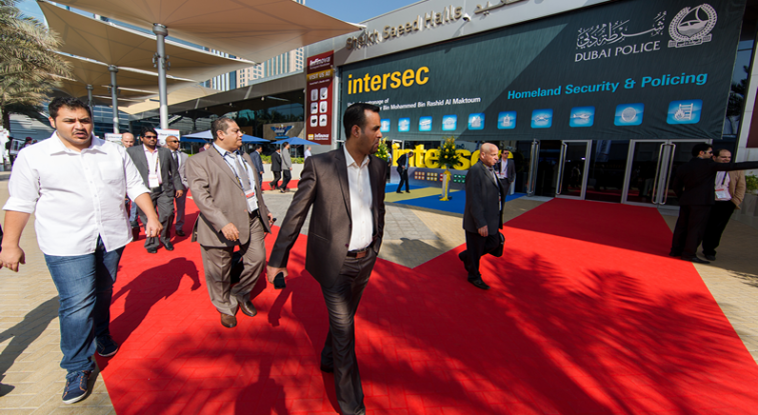Safety Design in Buildings, an initiative co-founded with Intersec, a leading trade fair for security, safety and fire protection, is now expanding to Tehran next month with a conference on Nov. 21.
Germany’s Messe Frankfurt is supporting the First Safety Design in Buildings Conference on Nov. 22 in Tehran, Trade Arabia reported.
The move follows the tremendous interest expressed by Iranian delegates at this year’s Intersec in Dubai, the UAE. The January event saw almost 2,000 security and safety experts from Iran fly in for the mega event.
“What I perceive in Iran is a strong will to invest, as it has the resources in order to do so. Due to the sanctions imposed, there is a pent-up demand, combined with a strong political will to modernize the country’s basic infrastructure,” remarked Messe Frankfurt Middle East show director, Andreas Rex.
“Iran, the second-largest economy in the Middle East and North Africa after Saudi Arabia, with the second-largest population has the necessary will, resources and opportunities in order to achieve this modernization.”
Rex noted that it is not common to have a market with all three of these prerequisites, thus it is an exciting time to enter the Iranian market.
“These significant first-entrant advantages make it possible even for smaller brands to achieve a major lead over the bigger companies in such a market, if they can mobilize quickly enough,” he added.
Another major reason for this foray is that Iran is also the single most untapped market in the region.
“Its construction industry is forecast to grow at a compound annual growth rate of 5.9% in the period 2016 to 2022,” he said.
The fire-safety market, in turn, is heavily dependent on sustained growth in the construction industry, especially as outmoded regulations are updated, which also provides an opportunity for outdated fire-safety equipment and systems to be replaced or modernized.
According to Rex, the fire-safety market in Iran is projected to grow at a CAGR in excess of 10% in the same period.
The strength of the SDiB conference program, stated Rex, lies in the fact that it is built around knowledge transfer and open communication among experts, regulators and the construction community at large.
“It integrates the entire fire-safety ecosystem,” he added.
Messe Frankfurt’s top official pointed out that legislation or codes were often unclear, resulting in uncertainty among professionals.
“Architects inquire as to what codes and standards they should follow, whether for example British or American or local codes, in order to get a building approved,” he said.
SDiB provides practical assistance in effecting the legislation in different markets, as well as getting the approvals.
Rex further said a major component of this is elaborating on the importance of fire safety and the motivation behind the decisions, designs, criteria and reasoning that have gone into developing the various codes and ratings.
“Fire safety is often not taken sufficiently seriously until there is a major catastrophe. This is followed invariably by the architect, builder, system installers, facilities management and building operations, regulators and even civil defense engaging in the ‘blame game’,” he said.
“The truth is that fire safety is a team effort that requires mutual cooperation. Every stakeholder needs to know what is required from them in order to make it happen.”
Plasco, an old skyscraper in downtown Tehran, caught fire and collapsed on January 19 this year. The 17-story high-rise shopping center was engulfed in flames and within minutes disintegrated, killing 26 people, including 16 firefighters and wounding 230 others.
Investigations identified “unauthorized and non-standard wiring” as the primary cause of the disaster. Non-compliance with safety standards in the lighting, ventilation, heating and warning systems, as well as lack of sufficient firefighting equipment in the building were reported as other causes that brought down the tower built half a century ago.


